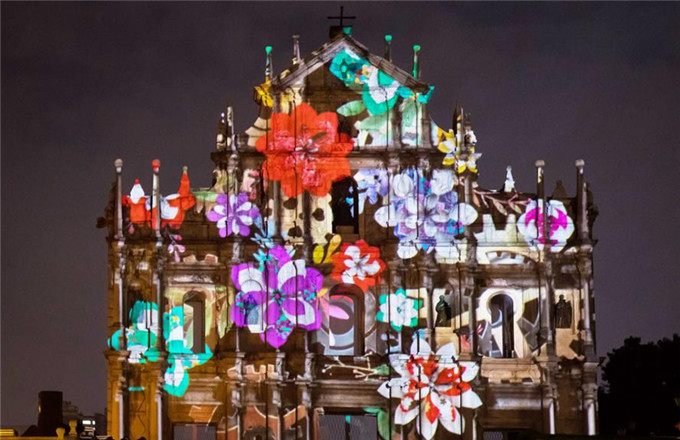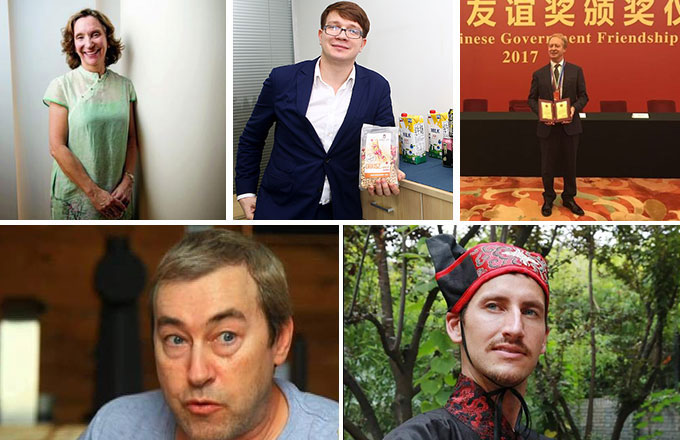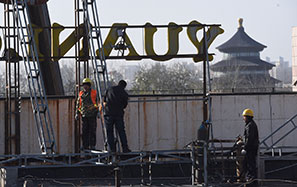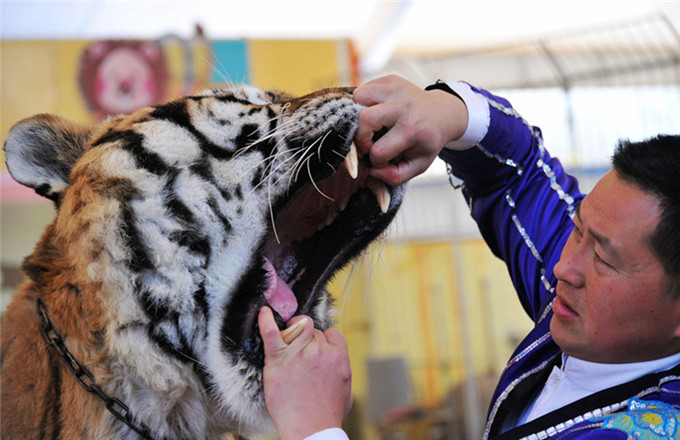Monitoring techniques help preserve world heritage
LANZHOU - Monitoring carbon dioxide and humidity in the world heritage-listed Mogao Grottoes has been introduced to better protect the caves, experts with Dunhuang Academy said.
The grottoes, known for their Buddhist statues and frescoes, are near the oasis city of Dunhuang in Northwest China's Gansu province, a key stop-off point along the ancient Silk Road.
Thousands of visitors swarm every day to Mogao, the home to more than 2,000 colored sculptures and 45,000 square meters of frescoes in 735 caves carved along a cliff by ancient worshippers.
But it is not unusual that tourists are prevented from entering a certain cave as a sign in front of the locked door reads, "Temporarily closed due to carbon dioxide exceeding the standard."
A monitoring center was set up in June to monitor 24 pieces of different data in each cave including carbon dioxide concentration, humidity and visitor flow. The system issues a warning if any of the data exceeds the standard.
"We have used wireless sensor networks and other digital technologies to help analyze the correlation between environmental data in the caves and the extent of cultural relic erosion, to preserve the murals and sculptures in a more scientific way," said Wu Fatian, an academy researcher.
Experiments showed that glutenite, the supporting material for the murals, becomes active if humidity in a cave surpasses 62 percent. The murals might then become fragile and even fall off, said Fan Jinshi, the head of Dunhuang Academy.
"Of the 735 caves found in Mogao Grottoes, only 40 of them with an area of 50 to 100 square meters are opened to visitors. Most of the caves have an area smaller than 25 square meters. The vapor and carbon dioxide people exhale causes erosion and other damage to the murals and sculptures in such a limited area," said Fan.
More than 5,000 tourists have visited the grottoes each day since July. During the seven-day national day holiday in 2012, the daily number of tourists topped 18,000. However, academy experts said an acceptable number should only be about 3,000.
Carbon dioxide will not only damage historical relics but affect people's health.
"Once an interpreter passed out due to the high concentration of carbon dioxide in one of the caves," Fan said.
To ensure visitor safety and protect the cultural relics, the visiting route will be altered according to data collected.
The grottoes were listed in 1987 by the United Nations' Educational, Scientific, and Cultural Organization as a world heritage site.
Registration Number: 130349



























